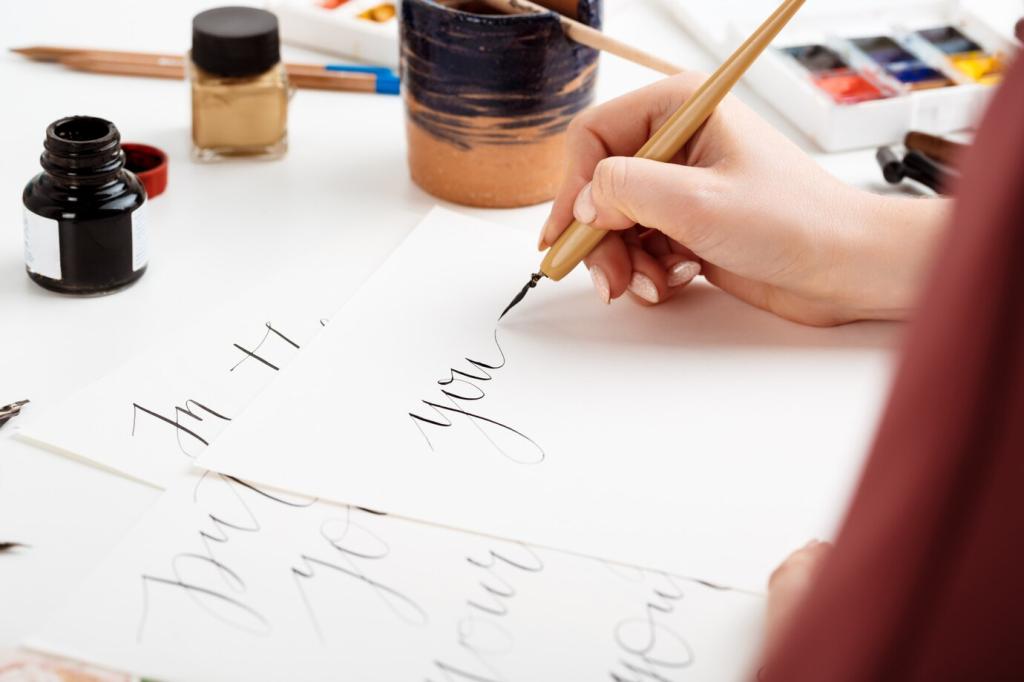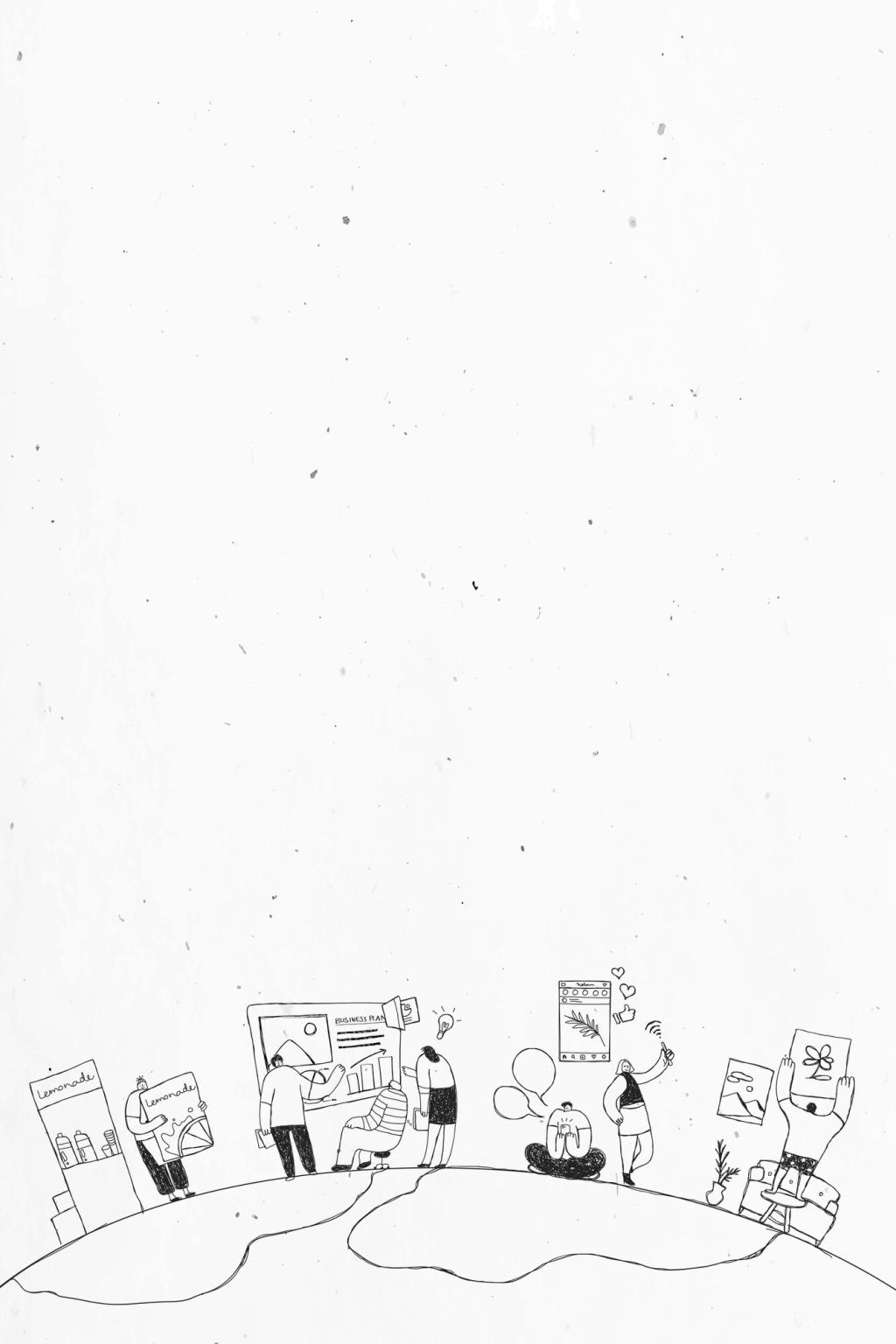
Exploring Tools and Materials for Urban Artists
Urban art thrives on innovation and creativity, drawing inspiration from cityscapes and the unique challenges of working in public spaces. The selection of tools and materials is crucial, not only for artistic expression but also for adapting to various surfaces and environments found in urban settings. From the textures of concrete walls to the unpredictability of weather, urban artists must choose resources that balance durability, accessibility, and versatility. This exploration dives into the world of brushes, aerosols, protective gear, and eco-friendly solutions that empower artists to leave their vibrant marks on the urban landscape.
Versatile Surfaces and Urban Challenges
Concrete and Brick as Creative Foundations
Many urban artists view the roughness of concrete and the patterns of brickwork as integral parts of their creations. These surfaces introduce a tactile dimension to artwork, but they also absorb paint differently compared to smoother options. Artists must choose paints with high opacity and adhesion, as well as appropriate primers, to ensure colors remain true and distinct. Brushes and rollers used for murals often have stiffer bristles to handle the abrasive nature of these materials. Adapting to the specific characteristics of city surfaces is not just a practical concern—it also becomes part of the storytelling in urban art, allowing the medium to truly interact with its location.
Glass, Metal, and Unconventional Canvases
Beyond brick and concrete, urban artists often find themselves working on glass storefronts, metal doors, and other unconventional canvases that demand specialized materials. Glass surfaces require paints that offer transparency or bold opacity, depending on artistic intent, and must resist peeling or scratching. For metals, weatherproof and rust-resistant coatings can enhance the longevity of the artwork. The interaction between these materials and traditional paints can result in innovative effects, giving artists new opportunities for self-expression while confronting them with the technical hurdles of unusual textures and reflective surfaces.
Impact of Weather and Environmental Conditions
The unpredictable nature of city environments means that weather plays a significant role in urban art. Rain, humidity, and drastic temperature variations can disrupt both the creation process and the longevity of finished works. Artists select materials engineered for quick drying and superior adhesion, reducing the risk of washout from a sudden downpour or fading under relentless sun. Protective sealants have also become a mainstay, acting as barriers against the harsh conditions outdoor art inevitably faces. Preparing for and adapting to the elements is a crucial part of success in the world of urban creativity.

Protective Gear and Safety Essentials
01
The use of spray paints, solvents, and fixatives in urban art exposes artists to potentially harmful fumes. Respirators and masks designed for filtering organic vapors and fine particulates are a vital part of any artist’s toolkit. These devices range from simple dust masks to more advanced, multi-filter respirators that fit snugly and provide extensive protection. Selecting the right mask depends on the materials being used and the expected exposure, but diligent safety practices include always wearing them during application and while working in poorly ventilated areas. The adoption of effective respirators protects lung health and ensures artists can continue to pursue their passion without compromising well-being.
02
Frequent handling of paints, sealants, and cleaning agents makes protective gloves indispensable for urban artists. Disposable nitrile or latex gloves shield skin from chemicals, preventing allergic reactions or long-term damage. In addition, artists commonly choose clothing that covers exposed skin, creating an additional barrier against splatters and spills. Some opt for coveralls or work aprons specifically designed to resist stains and provide comfort over long hours. Protection isn’t just about safety; it also supports focus and freedom of movement, allowing artists to work confidently and effectively regardless of the environment.
03
Urban art often goes vertical, compelling artists to scale ladders, scaffolding, or even rooftops. Safe working practices at height are non-negotiable, involving the use of properly rated ladders, harnesses, and stabilizing equipment. Understanding the correct setup and use of these tools minimizes the risk of falls and injuries. While not every artwork requires such equipment, those who specialize in large-scale murals know that preparation and safety checks are as critical as the creative process itself. By prioritizing secure practices, artists can focus on their vision without compromising their health or safety on the streets.
